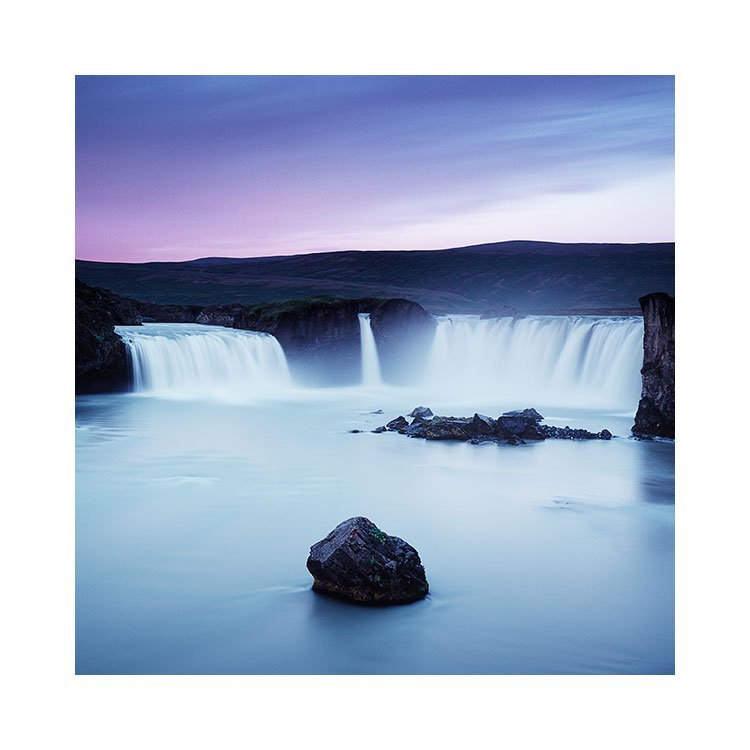I am around 2/3rds of the way through processing my backlog of images from last year. In case you do not know the back story to this: I lost faith in my film lab of 8 years this year as they kept ruining my films. So I opted to raise the money to buy an automatic film processor and learn to process my own films.
My first scan of my own processed images.
The image above is the very first image I have edited of my own work in about a year. Proudly : it is a film I processed myself at home in my automatic film processor. Editing it is the final proof for me that the processing is working, because when you add curve adjustments to the film scans, if there is any problem with the processing of the substrates in the film - they will become evident.
I will be heading to Japan in about a week’s time, so I do not think I will have any time to work on the backlog of work I’ve just processed. I do not like to look upon the ‘editing’ stage of my work as ‘post-processing’. I really dislike this term, as it almost makes the editing stage feel as though it is like doing my laundry: a chore, and more importantly: an after fact of the fieldwork.
Editing to me, is a highly inspiring, creative place to be. I love editing my because I get lost in the material. Each adjustment of tone and luminosity brings forth an immediate emotional response. It is not a part of the image making process that I would like to think of as a ‘task’ or ‘chore’, but more so as a ‘creative space’.
So I would prefer to work on my images when I feel the drive to do so. Not because of some schedule, or deadline.
In some ways, I have always enjoyed having a small backlog of images to work on. To me, it is like having a well with water in it. If I have no images to work on at all, then the well feels as though it is dry. For years I had always worried that if I took too long to get round to working on images, I would either never get round to them, or simply lose interest. But it is not uncommon for me now to hold onto work for many years before I choose to work on it (Senja from February 2020 is one such case).
Anyway, I feel heartened to know that I am now in complete control of the entire process: capture, processing, editing and printing. Now that I have walked through the film-processing part of it for a solid week, I now see that it is not so difficult if one has an automated processor. I will write up an entry about my Dev.a film processor at some point. But I feel I should really work with it for at least half a year before giving any opinions about it. I would say right now, that I am very happy with the machine and it is living up to the hopes I had to be able to run around 12 to 24 rolls of film a day through it, without feeling like my house or kitchen where it resides, is turned into a laboratory.
—
Postamble: I would like to thank Kyriakos Kalorkoti for inviting me round to his house several times to go through the E6 process, albeit with a manual processor. Kyriakos instilled in me that I need to be methodical, and ensure that there is no contamination in the chemicals.
I would also like to thank Robert Salisbury for offering to stop by on his way home from making images in the highlands, to help me alter my kitchen and install plumbing so I could get the Dev.a film processor up and running.






